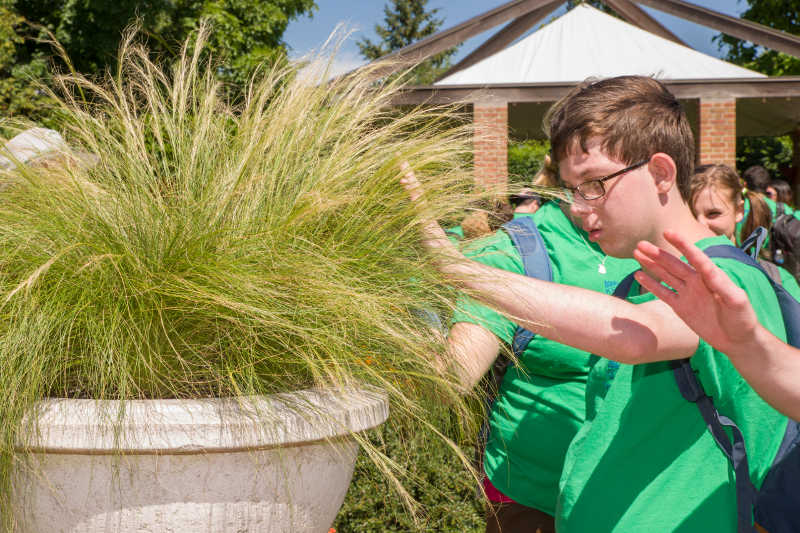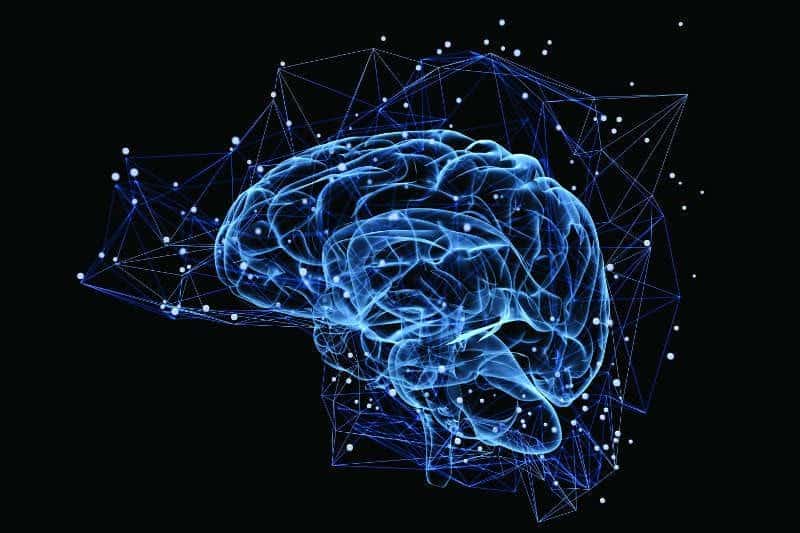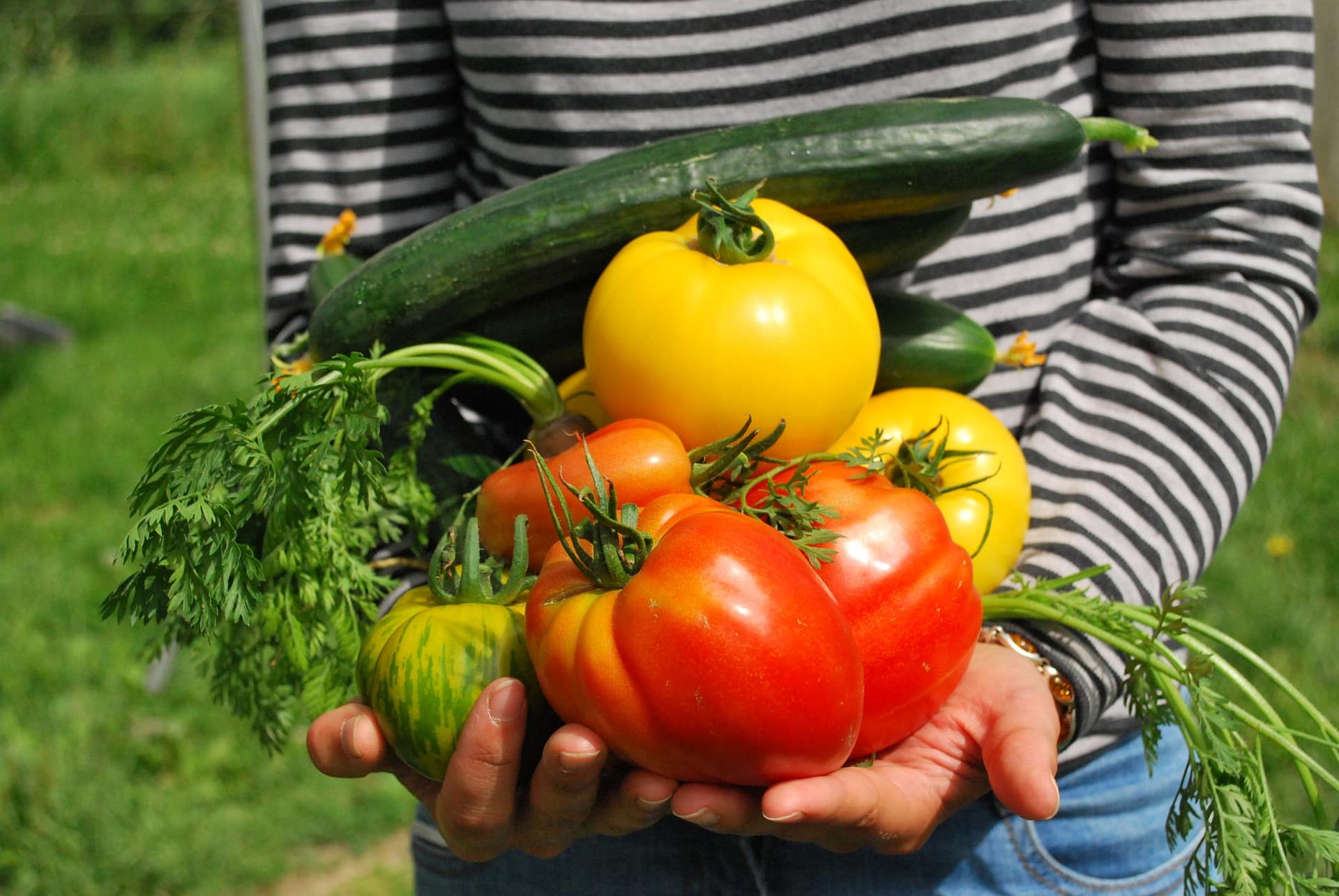Each day, we discover more about the therapeutic value of plants. Here’s a look at some of the ways they’re being used to help us heal, including exciting French research.
Chicago’s Julie and Michael Tracy are the proud parents of two young adult sons, Joseph and John. While Joseph developed typically, John was diagnosed with autism at age two.
He struggled in school, and was admitted to Rush University Medical Center during the summer of 2011 while in high school, where he stayed for five weeks. It was almost impossible to stabilize John, and it was during these uncertain months that the impetus for the Tracys’ work emerged.
They formed Urban Autism Solutions (UAS) in 2012, dedicated to changing outcomes for young adults with autism through an integrated community life that advances social and vocational opportunities.
As part of UAS, the Tracys developed a vocational therapy garden called Growing Solutions Farm, where participants learn skills in the agriculture space and how to follow structured employment tasks while also gaining soft skills. Teachers, volunteers and agency staff engage in daily farm work with farm interns while modeling and teaching a curriculum that will help lead to future success in the workplace.
In 2013, a 900-square foot pilot garden taught staff that they could increase independence and productivity among young adults with ASD while teaching vocational and horticulture skills. A 2014 expansion allowed Growing Solutions Farm to provide paid employment and more consistent, intensive vocational training opportunities to twice as many young adults. It’s since become a model for how growing plants and gardening can be of tremendous value for people with autism and other conditions.
John is now a self-directed, successful young man who lives and works in the city like many others his age.
Projects like this are music to the ears of people like Diane Blazek, executive director of All-America Selections and the National Garden Bureau. For Blazek, the success of Growing Solutions Farm in helping people like John with his autism highlights the ways plants can directly affect the human brain in positive ways.
“We know gardens are good for people, and when you take people with special needs or disabilities or recuperating and add that element in, you know a garden is doing so much good,” she says.

Therapeutic Value
Seeds and plants have been used in medicine and for therapy of various types throughout the ages.
Their effects on the human brain are well documented — opiates, found in a variety of plants, are well known for their ability to relieve pain. Morphine was first isolated between 1803 and 1805 by Friedrich Sertürner. This is generally believed to be the first isolation of an active ingredient from a plant.
Since then, researchers around the globe have been on a mission to discover what plants have to offer in the realm of medicine and products that bring therapeutic value to the public.
For thousands of years, traditional Chinese medicine has used plants and herbs to support various aspects of human wellbeing — everything from ginkgo to chrysanthemum to goji berries. It was announced in December that the new Amway Botanical Research Center in Wuxi, China, is expanding that research, evaluating plants used in traditional Chinese medicine for their potential benefits in future health and beauty products.
But it’s plants themselves, and not just their chemical makeup, that have been prized throughout the millennia for their therapeutic benefits.
Barb Kreski supervises the Horticultural Therapy Services department at the Chicago Botanic Garden. Kreski’s background spans a wide range of clinical settings including psychiatric hospitals, the Hines Veterans Administration Hospital, skilled nursing facilities, public schools, and pediatric rehabilitation.
She has incorporated plant- and nature-based interventions in her work in each of these settings.
“People breathe a sigh and their shoulders relax and they drop a large degree of their stress within less than a minute upon entering our garden or their own garden,” Kreski says. “That aspect, spending time in a natural setting, is stress reducing. Many studies have borne that out.”
The Chicago Botanic Garden opened more than 40 years ago as a beautiful place to visit, and it has matured into one of the world’s great living museums and conservation science centers. In 2015, more than one million people visited its 27 gardens and four natural areas, uniquely situated on 385 acres on and around nine islands, with six miles of lake shoreline. The garden also has a renowned bonsai collection.
The garden is always on the lookout for new plant varieties that cater to its reputation as a beautiful, calming place to visit.
“We are seeking plants with a high sensory value that appeal to not just vision and scent, but textures and even sound. When we find new types of those plants, we’re thrilled,” Kreski says. “Because we have scientists here at the garden who actually develop new cultivars, I’ve learned how intense and long term that process is and how much luck is involved, in addition to how much detailed skill is needed.”
Some of Kreski’s favorites include Pallida, an iris that smells like grape soda. “People are so startled to find that scent attached to a flower,” she says.
According to Blazek, the garden and flower seed industry in general are looking for much the same kind of qualities in new seed varieties.
“They’re looking for anything any home gardener or any farmers market gardener is looking for. Something that grows well, resists disease, has a high yield and looks and tastes good.”
The facility continues to develop and evaluate new perennial plants for introduction to the horticulture industry and gardeners. 2016 proved to be an exciting year, with eight new false indigo (Baptisia) hybrids and two new Phlox hybrids poised for introduction. Three more Phlox hybrids and a compact speedwell (Veronica) were distributed to licensed nurseries around the country for evaluation and propagation in 2017 and 2018.
The breeding staff includes Norman Wickett, a conservation scientist specializing in genomics and bioinformatics. He’s an adjunct professor in the Program of Biological Sciences at Northwestern University.
He’s interested in the origin of new genetic material through both endogenous (gene or whole genome duplication) and exogenous (horizontal gene transfer) processes, and the role of these processes in adaptation and diversification in plants, making use of high-throughput (“next generation”) DNA sequencing and bioinformatics to uncover patterns and processes that underlay the acquisition of novel genes or traits.
“Fundamental shifts in life history or habitat may have been, at least in part, driven by processes such as horizontal gene transfer (e.g. the integration of fungal genes into the plant genome) or polyploidy, the latter of which creates thousands of new genes,” he says.

Evolution of the Brain
Shifts in life history — the evolution of insects especially — are turning out to be influenced by plants in ways never imagined.
The honeybee is demonstrating how its ability to detect pollen sources controls aggression and helps the insect form memories. Researchers at Monash University in Australia have used a unique way to study behavior in honeybees. The bees are trained to stick their tongue out in response to the presence of an odor that is paired with a sugar reward. This behavior is then positively reinforced with odors such as lavender or linalool (a common floral scent) so that the bee only sticks its tongue out when there is an aroma “puffed” into its face.
According to Charles Claudianos from the Monash Institute of Cognitive and Clinical Neurosciences, who was part of the international team that sequenced the honeybee genome, beekeepers have, for a long time, used lavender to calm bees down prior to harvesting honey.
“Due to our new research we now know why it works as a calmative, including for humans and their pets. Our team, colleagues from Australia and France, examined how lavender and other key odors modify honeybees’ aggression when they defend their colonies against intruders. The odors counteract the potent alarm pheromones that bees release to recruit nestmates into defending the hive, thus reducing overall aggression,” he said.
Linking the behavior to molecular changes in the brain, Claudianos and his team have shown that odors such as lavender block aggressive behavior not by masking the alarm pheromones, but by switching the response off in the brain.
The honeybee can form complex memories through processes much like those happening in human brains, but the honeybee brain is simpler and they have a smaller genome. This makes them an ideal model for investigating how the different processes needed for long-term memories happen.
Scientists know that when a memory is formed, molecular changes can trigger physical changes to the brain, including new or altered neural connections and activity. These build up over a lifetime to create a human’s long-term memory.
One series of molecular changes that can occur due to experience or environmental changes and that affect memory formation is the differential expression of certain genes, mediated, among others, through processes collectively called epigenetic mechanisms. They regulate gene expression through modifications of the DNA or its associated proteins, without changing the genes themselves
“By understanding how changes to the epigenome accumulate, manifest and influence brain function, we may, in the future, be able to develop treatments for brain diseases that also develop over a lifetime,” says Stephanie Biergans, a researcher at the University of Queensland, Australia, also studying honeybees and how their brains are affected by flowers.
“There is thought to be a genetic predisposition for some conditions, such as Alzheimer’s and dementia, but in many cases environmental factors determine whether the disease will manifest.”
Blazek can testify to the benefits of plants on the human brain — she sees those benefits all the time working with staff at therapeutic gardens.
“Maybe you’ve had a stroke and you need to work on your fine motor skills. They’re going to have you trussing tomatoes,” she says.
Kreski agrees that plants are hugely valuable to improving the human condition, something that is only becoming more apparent as more research is done.
“When you’re adjusting to something new in life or trying to grow past your current abilities to new abilities, the entire metaphor for the process of what you’re going through as a human being can be found in the growth of the seed,” she says. “The seed has potential, but it’s not realized unless the right conditions are met.”
—with files from the Chicago Botanic Garden and Monash University












